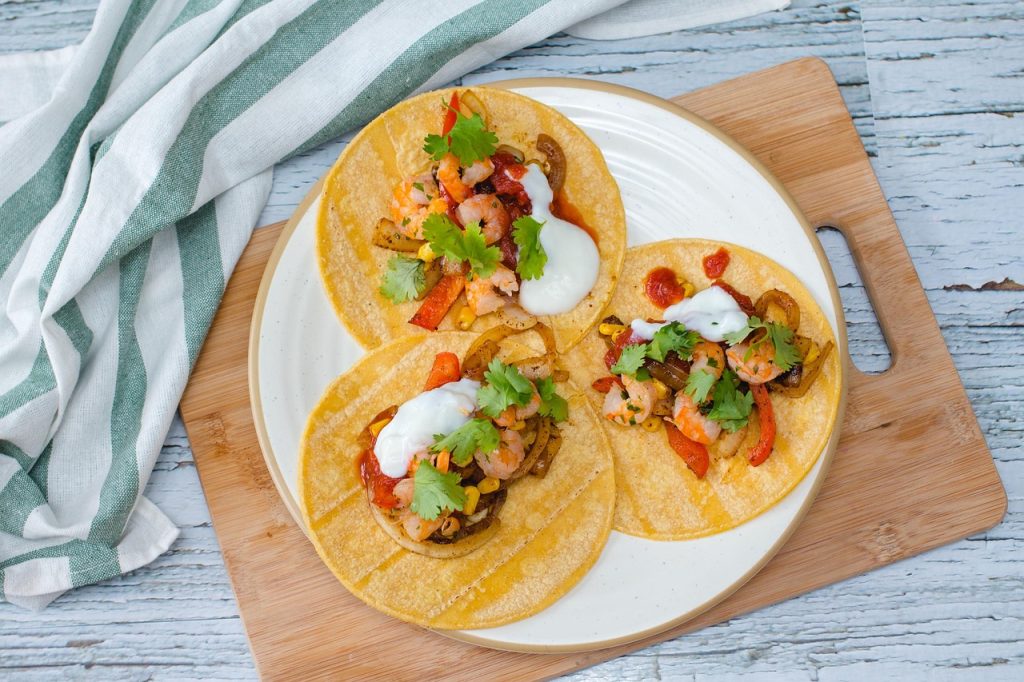Taco Bell’s latest marketing move is a nostalgic nod to the past, with a strategic twist aimed at reigniting customer excitement. By reintroducing five beloved menu items from the 2000s, the fast-food giant taps into the powerful allure of nostalgia-driven dining. This Y2K menu revival isn’t just about bringing back old favorites; it’s about leveraging the emotional connections customers have with these items to create buzz and drive foot traffic as reported by Nation’s Restaurant News.
Central to this marketing strategy is the iconic Crunchwrap. The beloved menu item isn’t just a hit with consumers; it’s inspiring a whole new restaurant concept. Taco Bell’s decision to focus on the Crunchwrap speaks volumes about the power of a single, well-loved product to influence broader culinary trends. This approach underscores the potential for fast-food innovation, where classic offerings can serve as springboards for new ideas and concepts.
The return of these nostalgic items also highlights a broader trend within the food industry: the resurgence of retro menus to attract both old fans and new generations. As consumers increasingly seek comfort and familiarity in their dining experiences, brands like Taco Bell are poised to capitalize on this trend. The Y2K menu not only revives the past but also sets the stage for a future where nostalgia and innovation can coexist harmoniously in the fast-food landscape.
What might this mean for the future of fast-food marketing? As Taco Bell successfully taps into the past, will other brands follow suit, or will they forge different paths? The nostalgic revival strategy poses an intriguing question for the industry: How can fast-food chains balance the nostalgic appeal with the ever-evolving expectations of modern diners? This sets the stage for a dynamic shift in how brands engage with their customers in the years to come.


